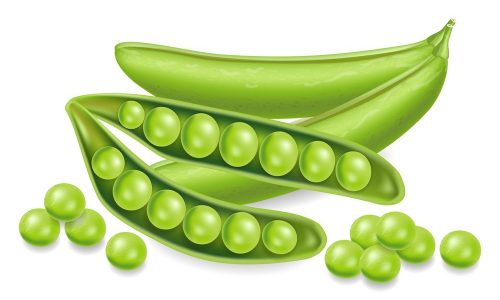Project Report For Peas Processing Plant
Introduction
Project report for Peas Processing Plant is as follows.
Peas are a delicious and nutrient-dense food that should be included in almost everyone’s diet. They include a high concentration of protein, vitamins, minerals, and soluble fiber. Additionally, they are quite adaptable. Peas may be cooked and prepared in a variety of ways and can enhance the taste and texture of a variety of cuisines.
Along with being a component of a meal, peas may be used to produce soups, puddings, and porridges. Additionally, they are an excellent complement to salads, stews, pies, spaghetti, and omelettes. Freeze-drying is a relatively new technique for food preservation.
It entails freezing the food, dehydrating it nearly completely in a vacuum chamber, and lastly sealing it in an airtight container. Freeze-dried foods are readily transported at room temperature, maybe kept for an extended length of time, and need no preparation.

Manufacturing Process of Peas Processing Plant
A conveyor belt or water transports the peas to the sorting equipment in a frozen pea processing factory. The peas are sorted here Sorting is required because the size of a pea impacts its further processing, as well as the difference in filling weight, starch content, and price. The peas sorter is made up of three to five revolving clover leaf-shaped, perforated drums with a diameter of about two metres that are stacked on top of one other.
The peas are transported by water to the upper drum, which contains 8 mm perforations. The sieved peas are collected in a gutter and delivered to a 7-mm perforated drum with water. After sorting, the peas are blanched in a frozen pea processing plant. The peas are boiled for 2 to 4 minutes at 75 to 80°C, depending on their sorting classification. To inhibit the growth of thermophilic microbes, the peas are rinsed with cold water.
Furthermore, this technique removes any starch from the peas, guaranteeing that no murky water is produced. Blanching removes any cell moisture from softly crushed peas that could cause taste differences when exposed to air. Following processing, the most important task is packing, which is simple to handle and sell. The peas can be packed in a variety of materials as well as sizes and forms.
Project Report Sample On
Peas Processing Plant
Get Completely Custom Bankable Project Report
Market Potential of Peas Processing Plant
The worldwide market for pea processing ingredients is predicted to reach roughly USD 5.0 billion by 2026, rising at a CAGR of 10.1 percent during the forecast period (2021-2026).
The greatest market for pea processing ingredients is in North America. It is expected to expand at a high pace because of increased demand from big economies such as the United States, Canada, and Mexico. Industrial food makers are concentrating their efforts on producing new product forms derived from peas. Pea processed components are quite adaptable and may be used in a variety of applications, including food, beverage, pet food, feed, and industrial.
Growing veganism and the appeal of plant-based products are driving the demand for pea processed ingredients. Additionally, innovations in extraction and processing methods are fueling the expansion of the market for pea processed ingredients. Additionally, the growth in demand for gluten-free goods has resulted in an increase in demand for pea processing components.
Expenses

Product Cost Breakup

Reveneue Vs Expenses

Market Trend

Pea processed ingredients market has been divided on the basis of type into pea protein, pea starch, pea flour, and pea fibre. Due to the growing need for plant-based components, pea protein is the most valuable component of the pea processed products market.
Additionally, growing knowledge of the advantages of pea protein has fueled growth in this area over the years. Pea protein is flavourless and versatile in the food, beverage, pet food, and feed sectors. Numerous nations are currently concentrating their efforts on boosting pea processing in order to boost pea protein output.
Pea processed components have a wide range of uses in the food sector, owing to their affordability and nutritional advantages. It is utilised in a variety of culinary applications, including meat and meat replacements, functional meals, athletic nutrition, snacks, bakery items, and confectionery. It is primarily used to provide the desired texture, consistency, and stability to culinary goods. Pea processed components are a clean label alternative that is popular with consumers.
